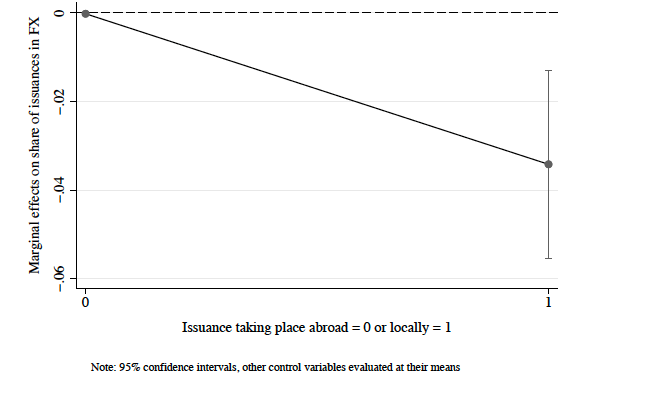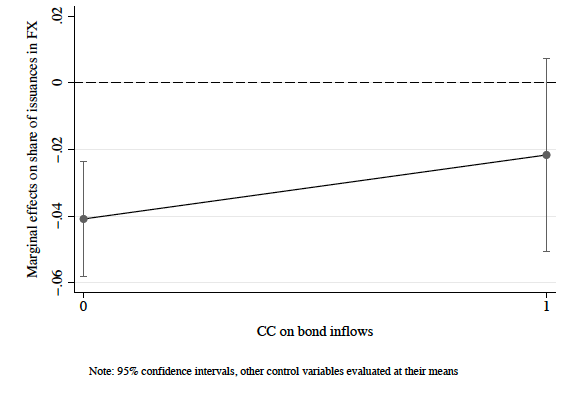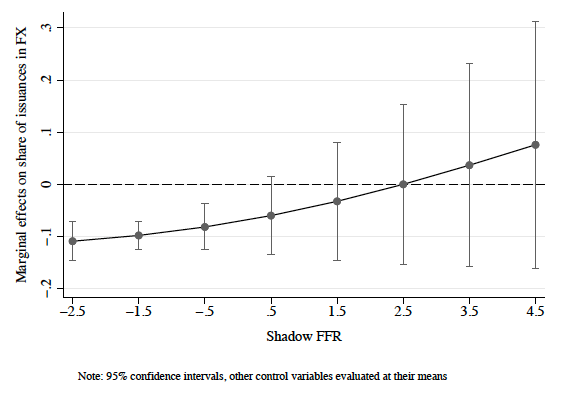References
Ahnert, Toni, Kristin Forbes, Christian Friedrich, and Dennis Reinhardt (2021) “Macroprudential-FX Regulations: Shifting the Snowbanks of FX Vulnerability?” Journal of Financial Economics 140, 145-174.
Bacchetta, Philippe, Rachel Cordonier, Ouarda Merrouche (2020), “The Rise in Foreign Currency Bonds: The Role of US Monetary Policy and Capital Controls”, SFI working paper n° 20-51.
Cerutti, Eugenio, Stijn Claessens, and Luc Laeven (2017) “The Use and Effectiveness of Macroprudential Policies: New Evidence,” Journal of Financial Stability, Vol. 28, 203-224.
Fernández, Andrés, Michael W. Klein, Alessandro Rebucci, Martin Schindler, and Martín Uribe (2016) “Capital Control Measures: A New Dataset,” IMF Economic Review, Vol. 64, 548-574.
Klein, Michael W. (2012) “Capital Controls: Gates Versus Walls,” NBER Working Paper No. 18526.
Maggiori, Matteo, Brent Neiman, and Jesse Schreger (2020) “International Currencies and Capital Allocation,” Journal of Political Economy 128, 2019-2066.
McCauley, Robert N., Patrick McGuire, and Vladyslav Sushko (2015) “Global Dollar Credit: Links to US Monetary Policy and Leverage,” Economic Policy, Vol. 30, 187-229.








